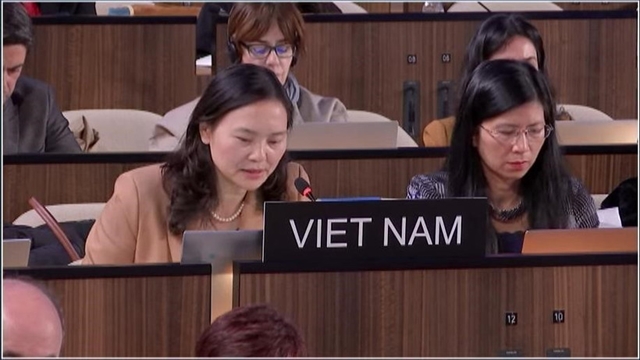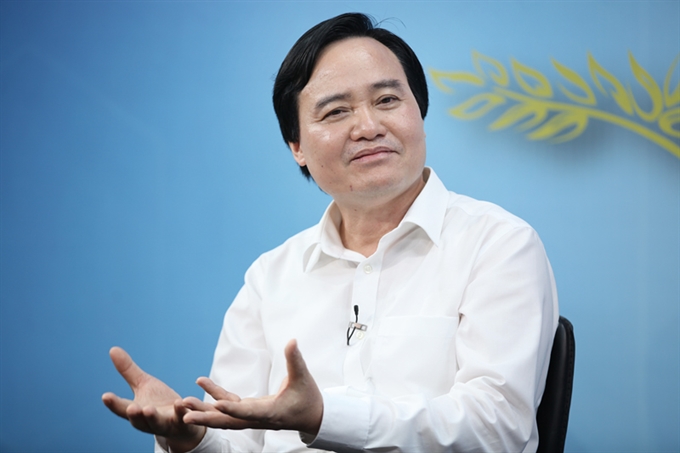 Opinion
Opinion

Phùng Xuân Nhạ, Minister of Education and Training, spoke to the newspaper Thời báo Kinh tế (Economic Times) on the two important points of the Circular that are to stimulate teachers while being able to measure students’ progress.
 |
Phùng Xuân Nhạ, Minister of Education and Training, spoke to the newspaper Thời báo Kinh tế (Economic Times) on the two important points of the Circular that are to stimulate teachers while being able to measure students’ progress.
In your opinion, what lessons have been learned after a year of implementing the Ministry of Education and Training’s Circular 30 on the evaluation of primary school pupils through their learning capacity and knowledge?
I should say that Circular 30 should be understood as a guiding document on how to implement the Party’s Resolution No.29.
Under Resolution No.29, primary school pupils’ academic achievements are rated on three elements: knowledge, capacity and progress throughout their study course.
Following a year of implementing the document, positive results have been recorded. The students are more dynamic and creative in their study. However, there remain some constraints, particularly subjective constraints.
Normally, whenever a new model is introduced, we often start with a pilot period to draw up lessons to learn. After that the project will then be scaled up. But for Circular 30, things were different. It was applied on a large scale immediately. This was the main reason it caused some anxiety within society as the results were not as good as had been expected.
What are the constraints in the Circular 30?
Under Circular 30, a student’s study achievements are based on several factors, including their study capacity and their learning progress. But the assessment criteria are very murky. This has created pressure on the teachers.
To help solve this problem, the Ministry of Education and Training (MOET) has instructed a few independent scholar groups to evaluate lessons learned from implementing Circular 30 in the 2015-2016 school year.
MOET will then look at their recommendations and come up with proposed changes. Of course, the changes must be suitable to the conditions of each region and easy to implement. What’s more important, the changes must motivate teachers to consider students as the core to teaching.
When will the expected changes take place?
It is already in process.
I have instructed the groups to focus on two main points.
First, there must be specific targets on knowledge and capacity for pupils to achieve throughout the school year.
Second, these targets must be quantified in four levels: A, B, C and D, so that the students themselves know how far they have progressed. Of course, the students’ assessment can be done monthly or every three months. And the teachers will notify the parents of their children’s study achievements in the period under review.
I have set the target that the amended Circular 30 will be available by the end of August and ready to put into use in the new school year in September.
As we all know, primary school is the foundation for students. That’s why assessments of their study achievements should not be considered so seriously. But it should gear them towards the objective of helping children acquire new academic knowledge and life skills.
I’m confident that the revised Circular 30 will come into life. And, little by little, pupils and their parents as well as teachers will become familiar with this assessment method.
Has MOET adopted any plans to ensure the revised Circular 30 will be implemented smoothly?
I just want to say, when the revised circular comes into force, it must be implemented to the letter, regardless of the changes made.
From my point of view, the circular will serve as a framework for teachers to evaluate their students.
Of course, during the implementation of the document we’ll draw lessons learned to make it suitable for real situations. - VNS




